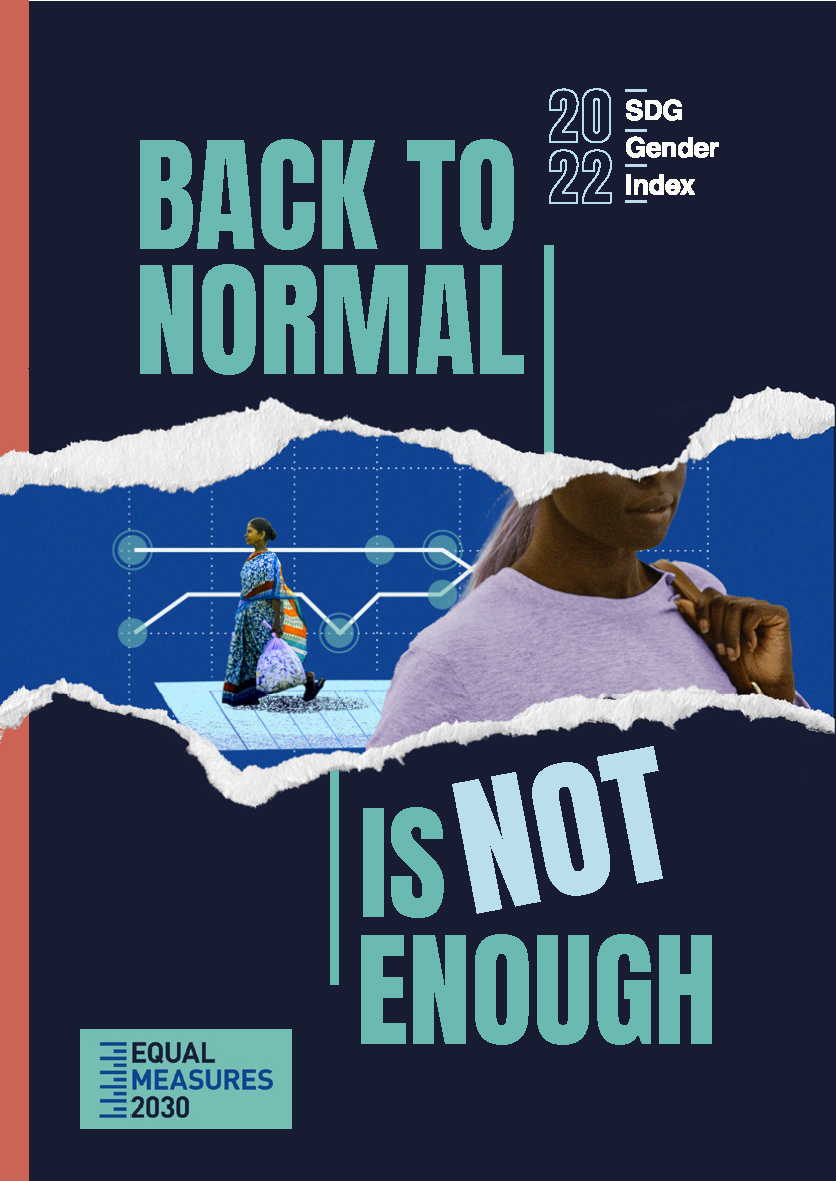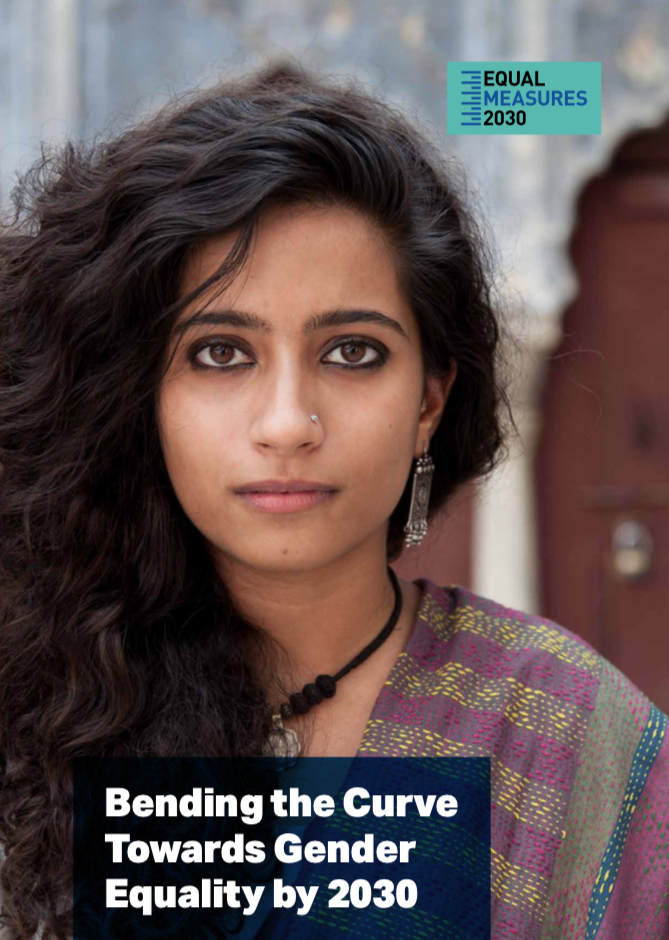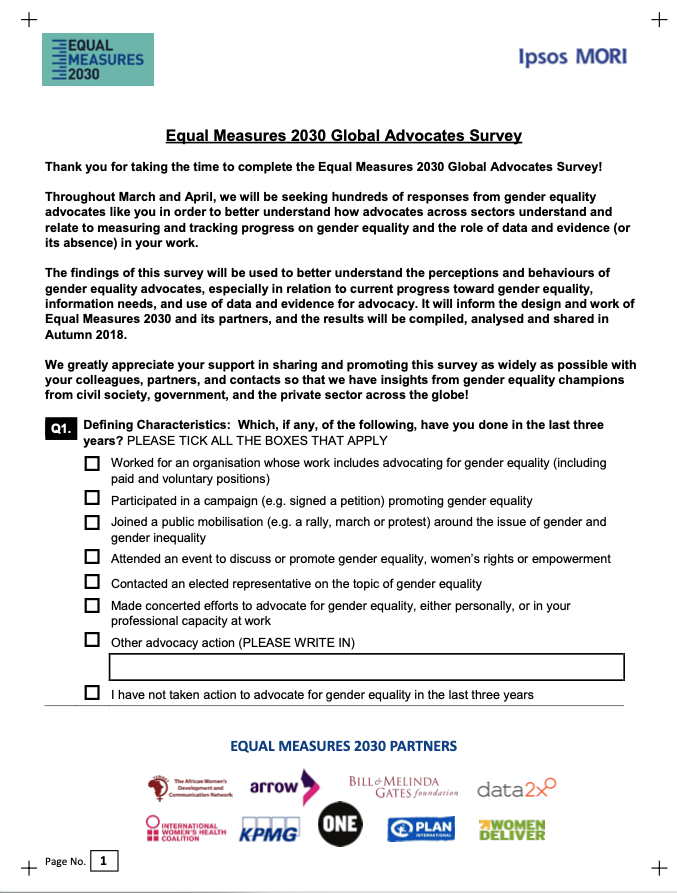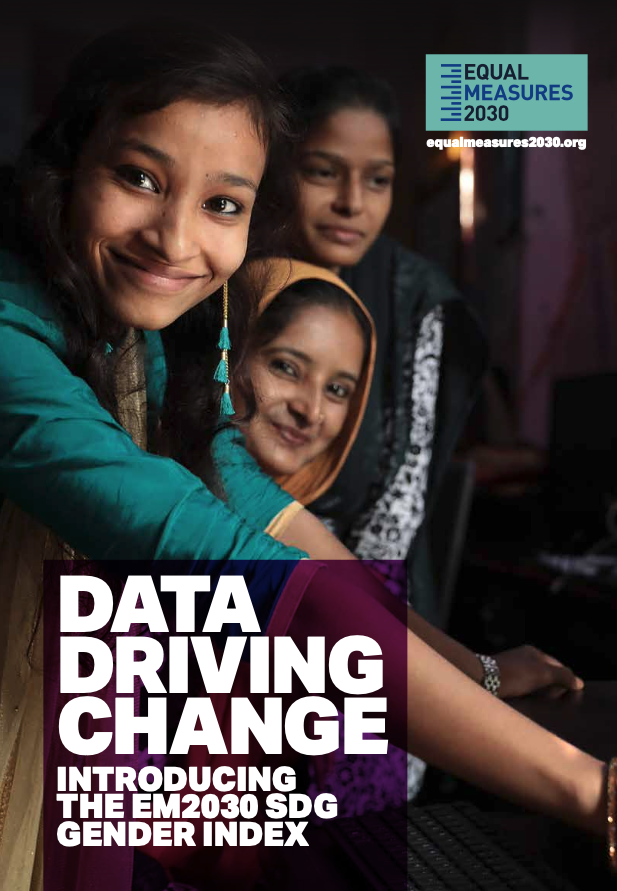The 2022 SDG Gender Index finds little progress on gender equality at the global level between 2015 and 2020. The global Index score for gender equality stands at just 67.8 in 2020: only a slight improvement of less than two points since 2015.
If current trends continue, the global score will reach only 71 out of 100 by 2030, the deadline for the achievement of the SDGs. And even this projection could be seen as optimistic, given the impact the COVID-19 pandemic has already had on the well-being of girls and women worldwide
Key Findings
- Progress on gender equality has been too slow, too fragile and too fragmented: there was little progress on gender equality at a global level between 2015 and 2020.
- If current trends continue, the world will reach an Index score of only 71 out of 100 by 2030, the deadline for the achievement of the SDGs.
- Not one of the 144 countries in the SDG Gender Index has achieved gender equality, and no country is the world’s best performer – or even among the world’s top ten performers – across all SDGs. Every country has more to do to realize the vision of gender equality embedded within the goals.
- Less than a quarter of countries are making ‘fast progress’ towards gender equality; a third of countries are either making ‘no progress’ at all or are moving in the ‘wrong direction’.
- On the positive side, more than half of countries worldwide are moving in the right direction on gender equality.
- However, in 2020, more than three billion girls and women still lived in countries with ‘poor’ or ‘very poor’ scores for gender equality.
Overview of the Policy Recommendations
The 2022 SDG Gender Index sets out a blueprint for change, based on six cross-cutting themes that often characterize the countries and regions making some progress on gender equality.
- Reform and apply inequality laws. Countries that reform and fully implement gender equality laws have better health, nutrition and educational outcomes for women and their families, more resilient employment for women, and more women in their parliaments.
- Invest in public services and social (including care) infrastructure. The social transformation needed for gender equality must be funded, which requires gender-responsive budgets, progressive taxation and strong investment in public services and public (including care) infrastructure.
- Promote the leadership, participation and voice of girls and women. The key is to combat gender norms and promote role models, with the greater visibility of women in public life creating a virtuous circle of participation.
- Close the gender data gaps. This means investing in improving data infrastructure and formalizing the idea of a gender data ecosystem, but also mobilizing and building bridges between different stakeholders and data communities, and making good use of ‘big data’.
- Invest in, create space for, and listen to feminist organizations and movements. Little progress on women’s rights would have been made without pressure and advocacy from these organizations and movements. They need proper resourcing and safe, secure spaces in which to operate and advocate.
- Work with and empower girls and young women. Their voices should be heard in the decisions that affect them. Programmes, policies and laws designed with and for them, and funding for their groups, are critical for accelerated progress towards gender equality.





